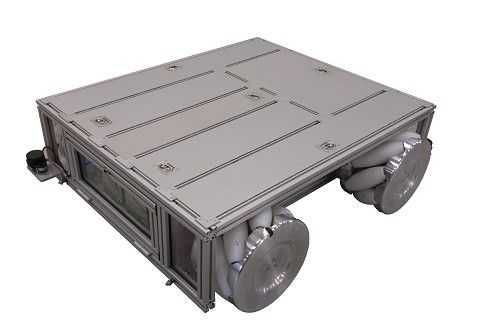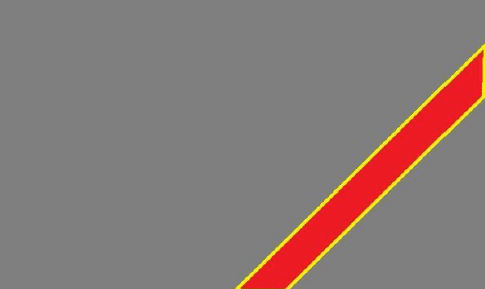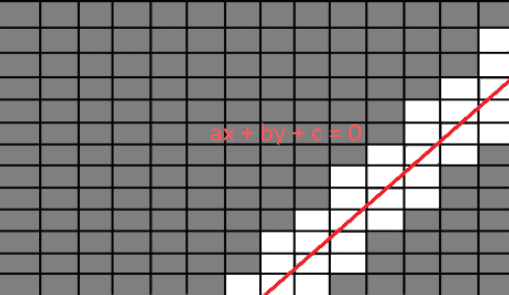Line tracking for a moving robot

Why line tracking ?
Here we are going to learn how to use a camera to follow a line drawn on the floor. Let’s say that you want to conceive an autonomous robot but you’re not ready to use mapping technologies to guide it yet. Then line tracking would be a nice and simple way to test your robot. To track lines, you will need a camera and a numeric software such as Matlab or Labview.
See the line
-
Step 1 : Get a picture

Simple line picture -
Step 2 : Get access to the RGB data

Identified line -
Step 3 : Get the coordinates of the pixels

Locate line Unfortunately, it is unlikely that a single RGB value will fit the camera data, don't forget to use a threshold tolerance to make sure you get at least 95% of the line.
-
Step 4 : See the line

fit 2d line equation Track the line
-
Step 1 : Define what you are looking for, usually. Usually, you need to follow the line straight, which means you want to keep the line centered and vertical. In order to regulate it you will need:
- The distance between the line and the center of the screen D.

- The orientation of the line α

- Step 2 : Implement automatic control
Depending on your robot/vehicle, you will need to implement different automatic controls to monitor your motors.
For “classical” applications such as wheeled robots you can configure it at low speed by implementing a Full State Feedback if you can model your system and get the following State space equations. The LQ controller fits particularly well here.


Where x is a state vector, y is the output vector and u is the control vector. In this case u represents our motors input commands and y is the difference between the desired and measured orientation and distance.
However if you are not familiar with State Feedbacks, you can also implement a simple feedback loop with an adjusted proportional and a derivative gain, it will already work just fine but you will still have to regulate the weighting between the distance factor D and the orientation factor α depending on your system performances against it. Here is an example of a line tracking establishment I achieved at AKEOPLUS:
